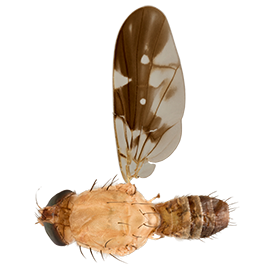Diagnosis
Morphological – adult
Features include:
- head with arista plumose on dorsal surface, bare on ventral surface
- thorax with scutum mostly red-brown, 6 scutellar setae; scutellum flat and bare of microsetae
- legs with one strong apical spine on mid tibiae
- wing pattern as per Figure 98
- abdominal terga fulvous with transverse black patterns on terga III to V
- male surstylus short and thick
- female aculeus rounded and blunt at apex (pers. comm. Drew 2010).
Morphological – larvae
Information not available.
Molecular
DNA barcoding
Diagnostic BOLD reference data available.
PCR-RFLP Test 1
BsrI: Does not cut
HinfI: Does not cut
HhaI: Does not cut
Sau3AI: Does not cut
SnaBI: Does not cut
SspI: 300, 220
Vspl: Does not cut
Approximate ITS1 fragment length – gel: 530 bp.
PCR-RFLP Test 2
Data not available.
Gallery
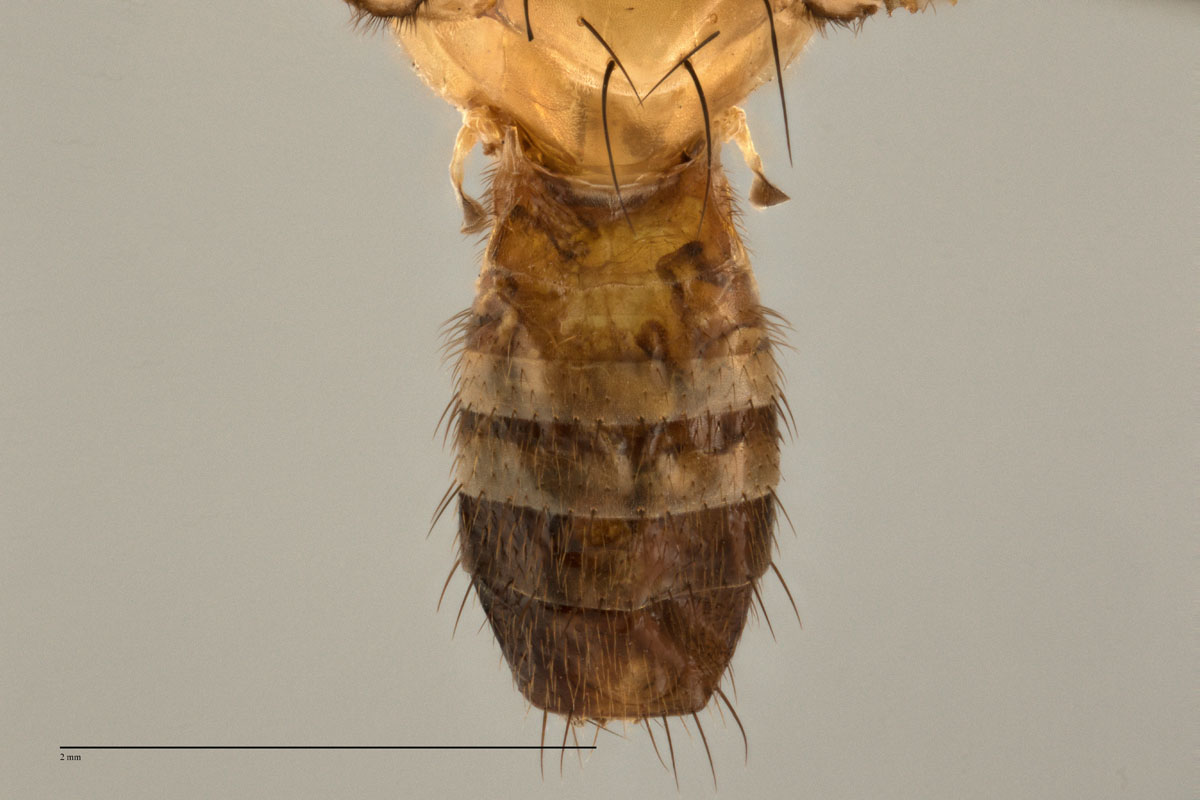 link
linkDirioxa pornia - Abdomen Dorsal DPO001 Classic
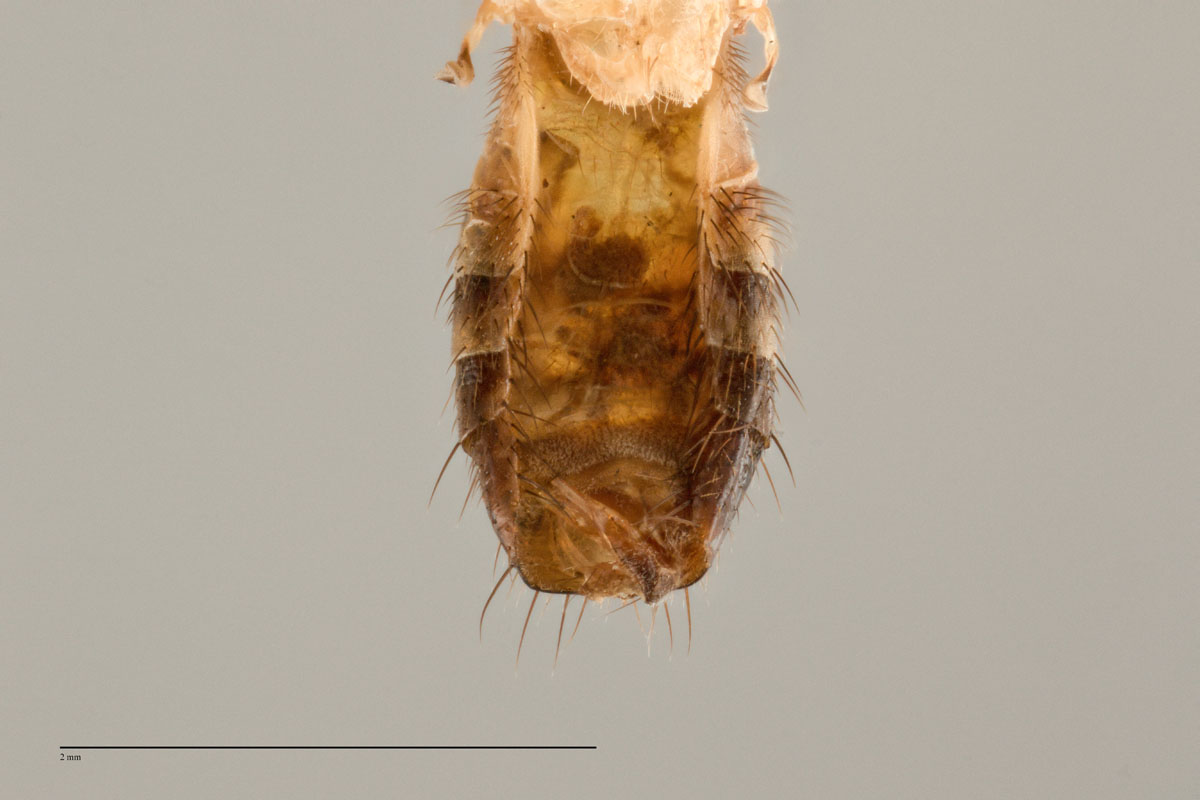 link
linkDirioxa pornia - Abdomen Ventral DPO001 Classic
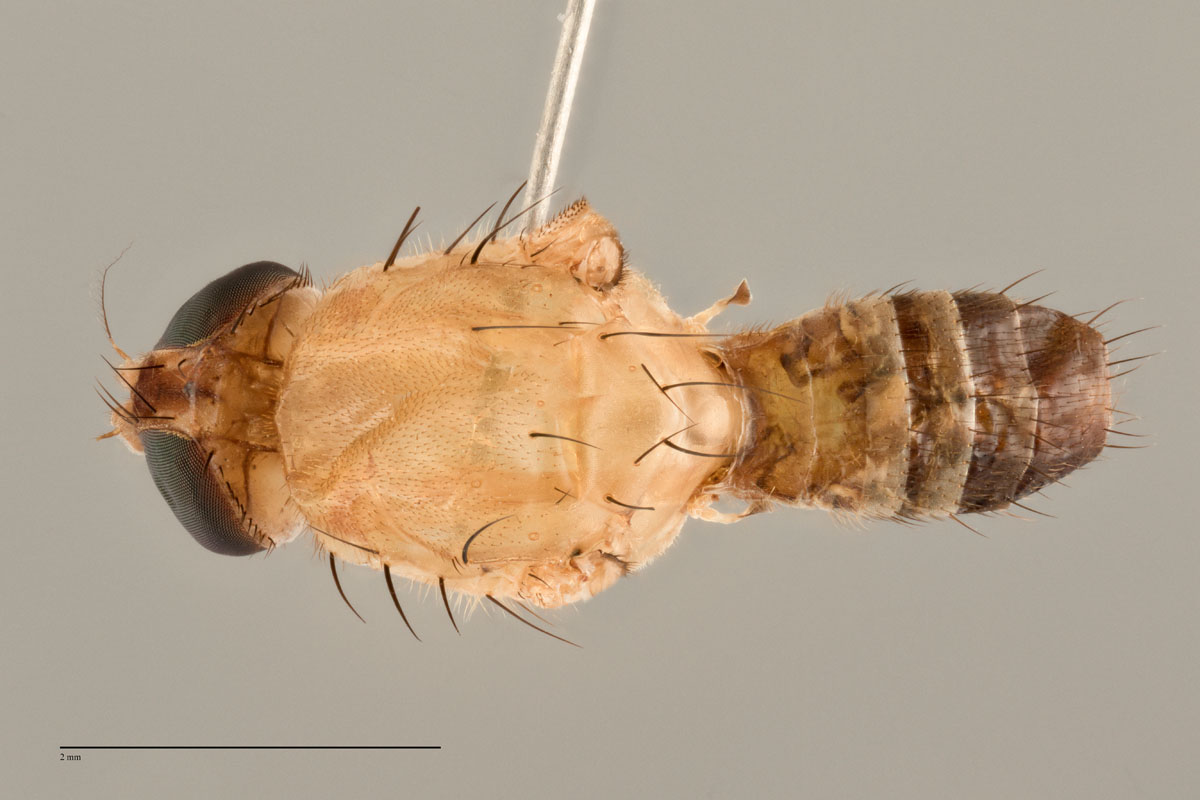 link
linkDirioxa pornia - Entire Body Dorsal DPO001 Classic
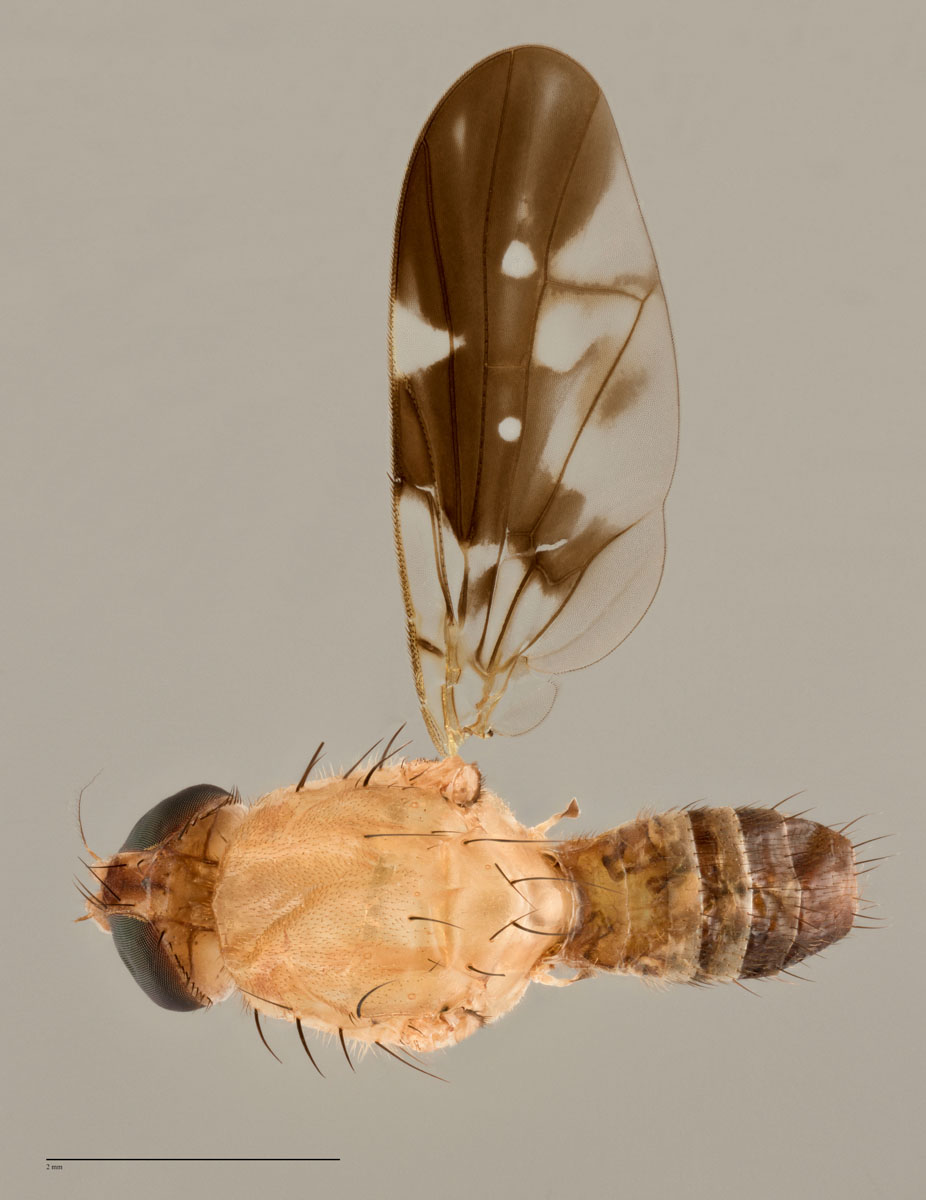 link
linkDirioxa pornia - Entire Body Dorsal with Wing DPO001 Classic
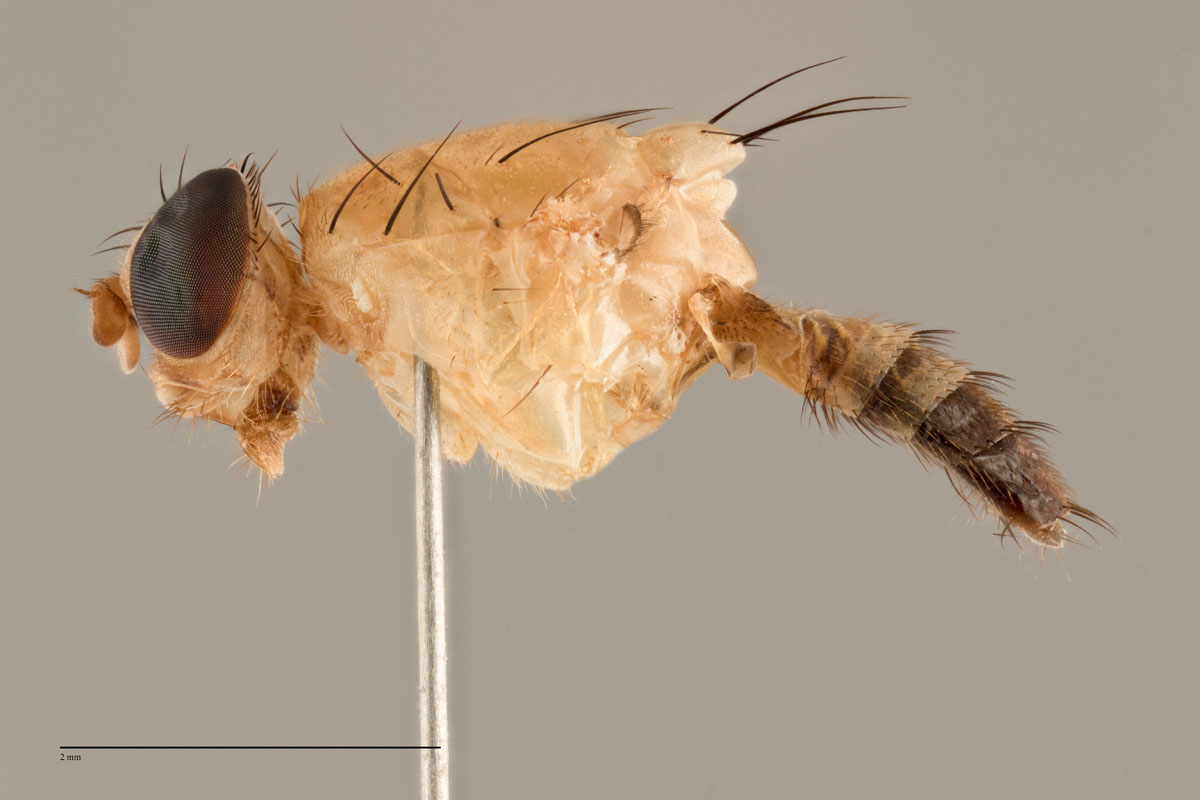 link
linkDirioxa pornia - Entire Body Lateral DPO001 Classic
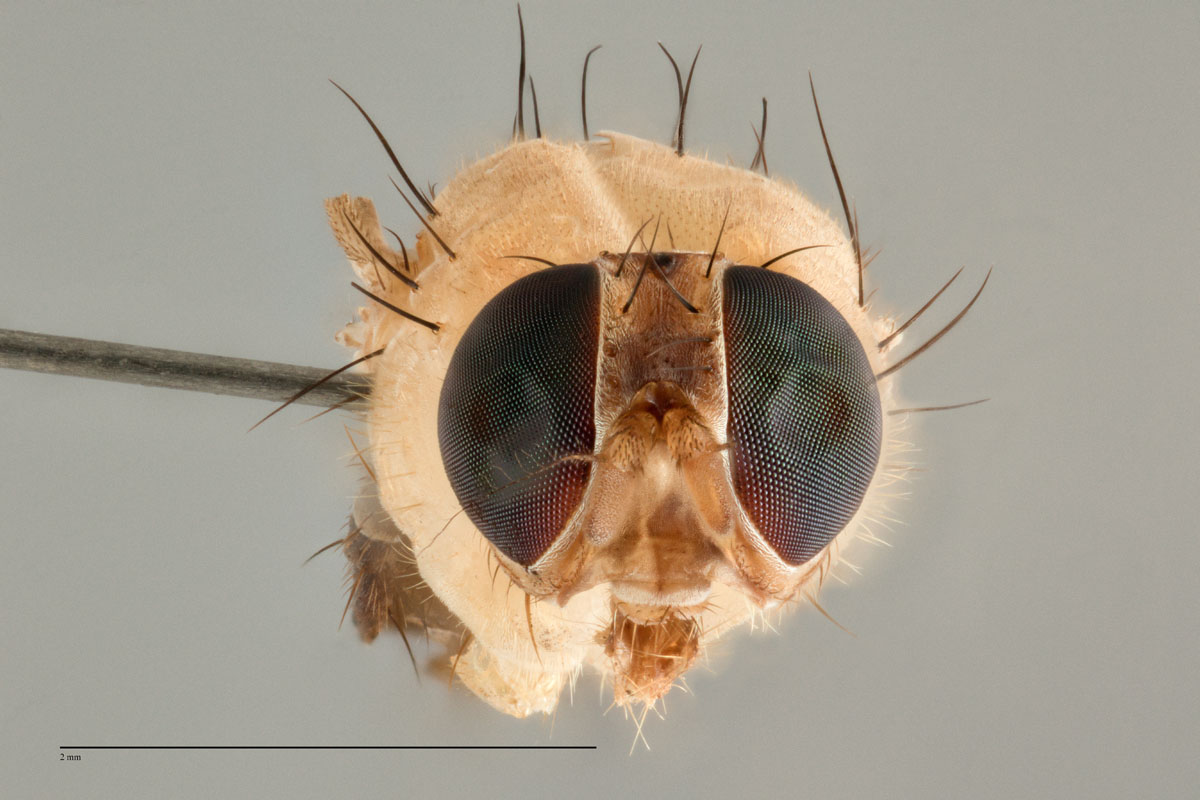 link
linkDirioxa pornia - Head Shot DPO001 Classic
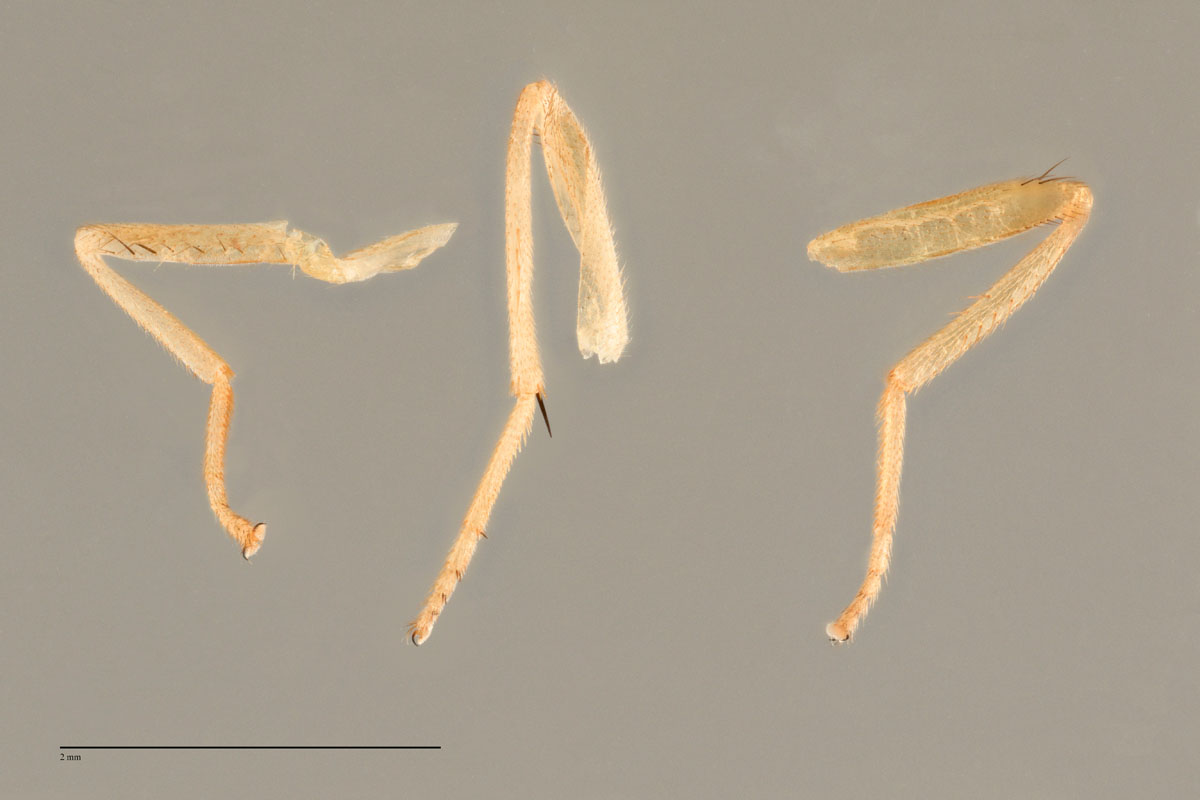 link
linkDirioxa pornia - Legs DPO001 Classic
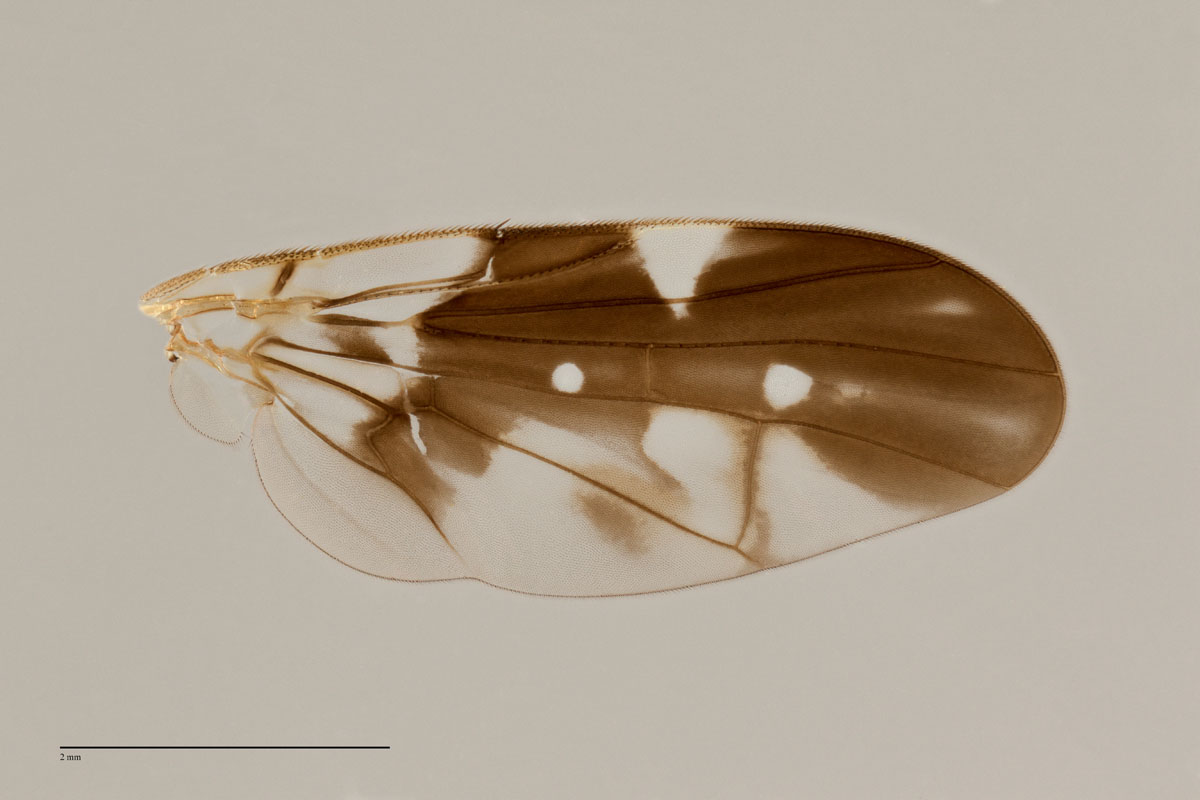 link
linkDirioxa pornia - Right Wing DPO001 Classic
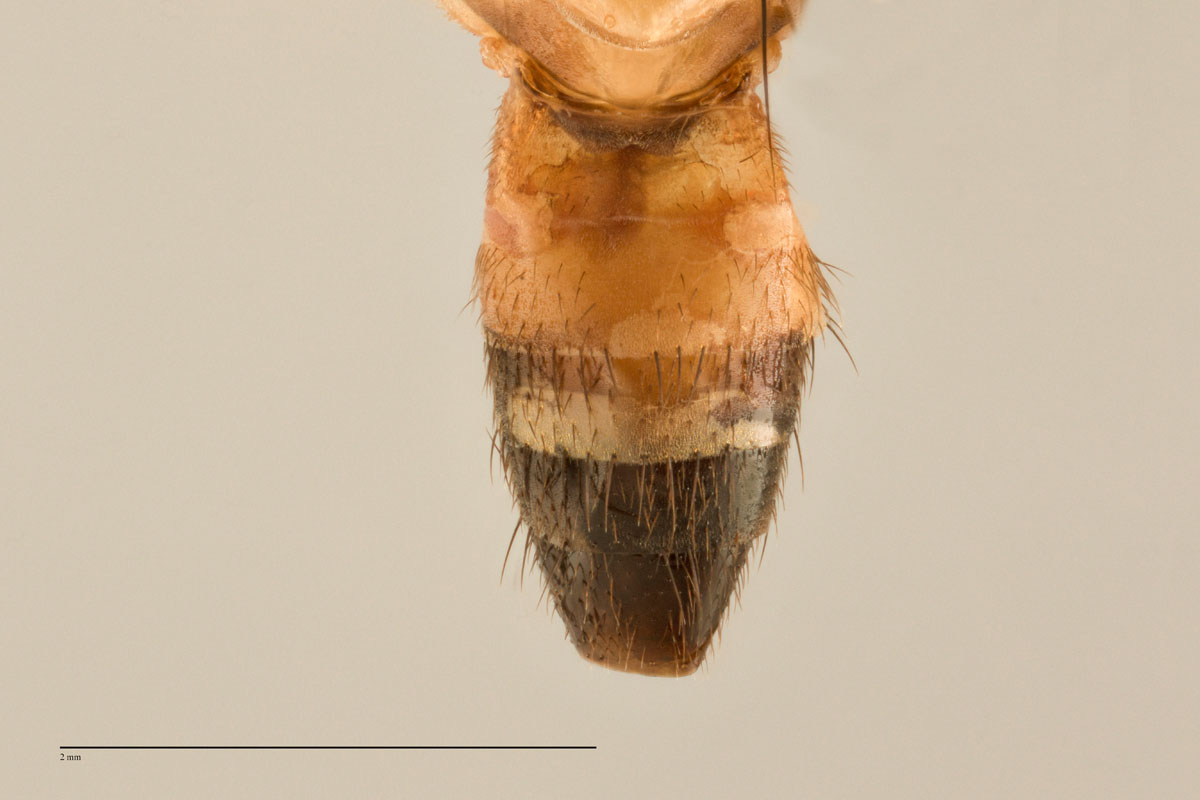 link
linkDirioxa pornia - Abdomen variant DPO002
Host Range
Dirioxa pornia attacks ripe, damaged and fallen fruit. It has been recorded on hosts from a wide range of families. These include:
- Anacardiaceae
- Annonaceae
- Araucariaceae
- Capparaceae
- Caricaceae
- Clusiaceae
- Combretaceae
- Curcurbitaceae
- Ebenaceae
- Euphorbiaceae
- Fabaceae
- Lauraceae
- Lecythidaceae
- Loganiaceae
- Moraceae
- Musaceae
- Myrtaceae
- Oleaceae
- Oxalidaceae
- Passifloraceae
- Proteaceae
- Rosaceae
- Rubiaceae
- Rutaceae
- Sapindaceae
- Sapotaceae
- Solanaceae
- Xanthophyllaceae
For a full list of recorded hosts see Hancock et al. 2000.
Major commercial hosts:
No major host fruits have been identified but has created occasional quarantine problems.
Distribution
Eastern Australia, from Iron Range, Cape York Peninsula, to southern New South Wales. Introduced to Perth, Western Australia (Hancock et al. 2000). Also in Northern Victoria.
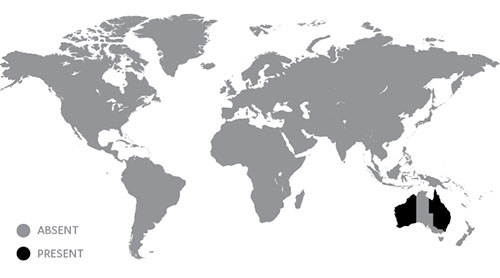
Similar species
Similar to other Australian Trypetinae in having patterned wings, but is the only one associated with edible fruit, and has a distinct wing pattern. Exotic Trypetinae (Anastrepha and Rhagoletis) have very different wing patterns.
Pest Status
Attractant/Lure
Attracted to protein lures and orange ammonia. Occasionally detected at cue lure.
